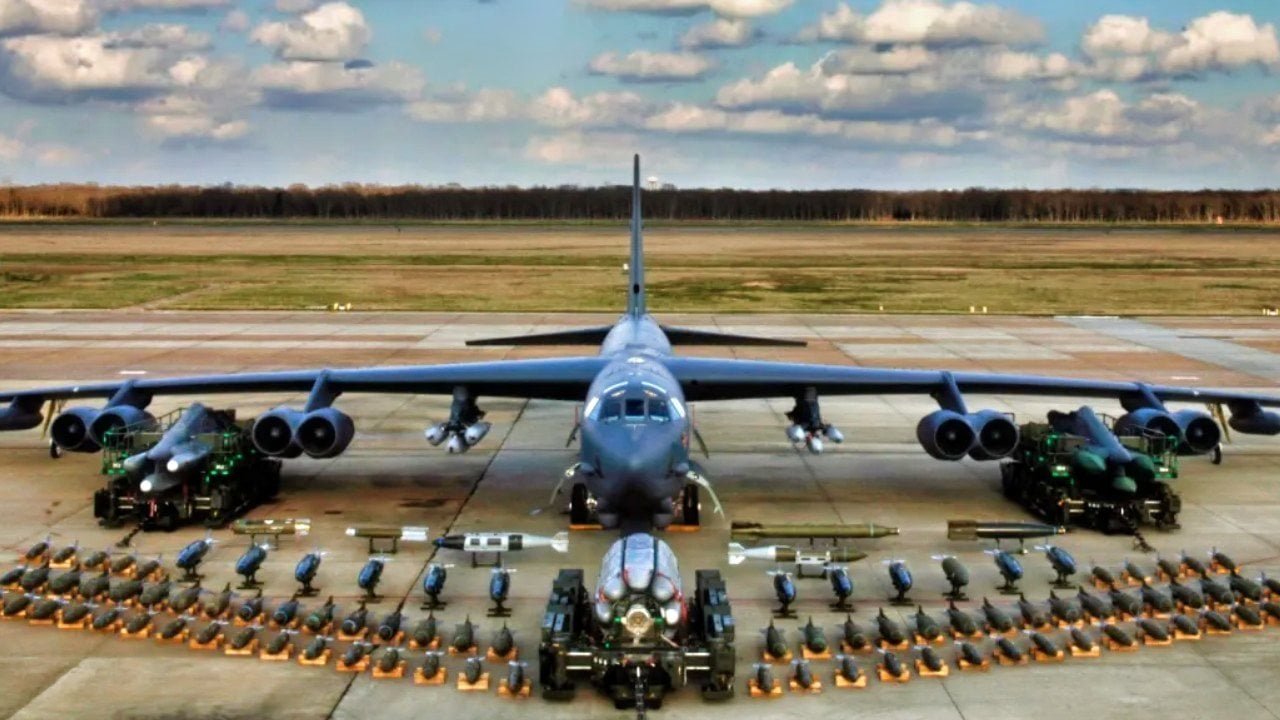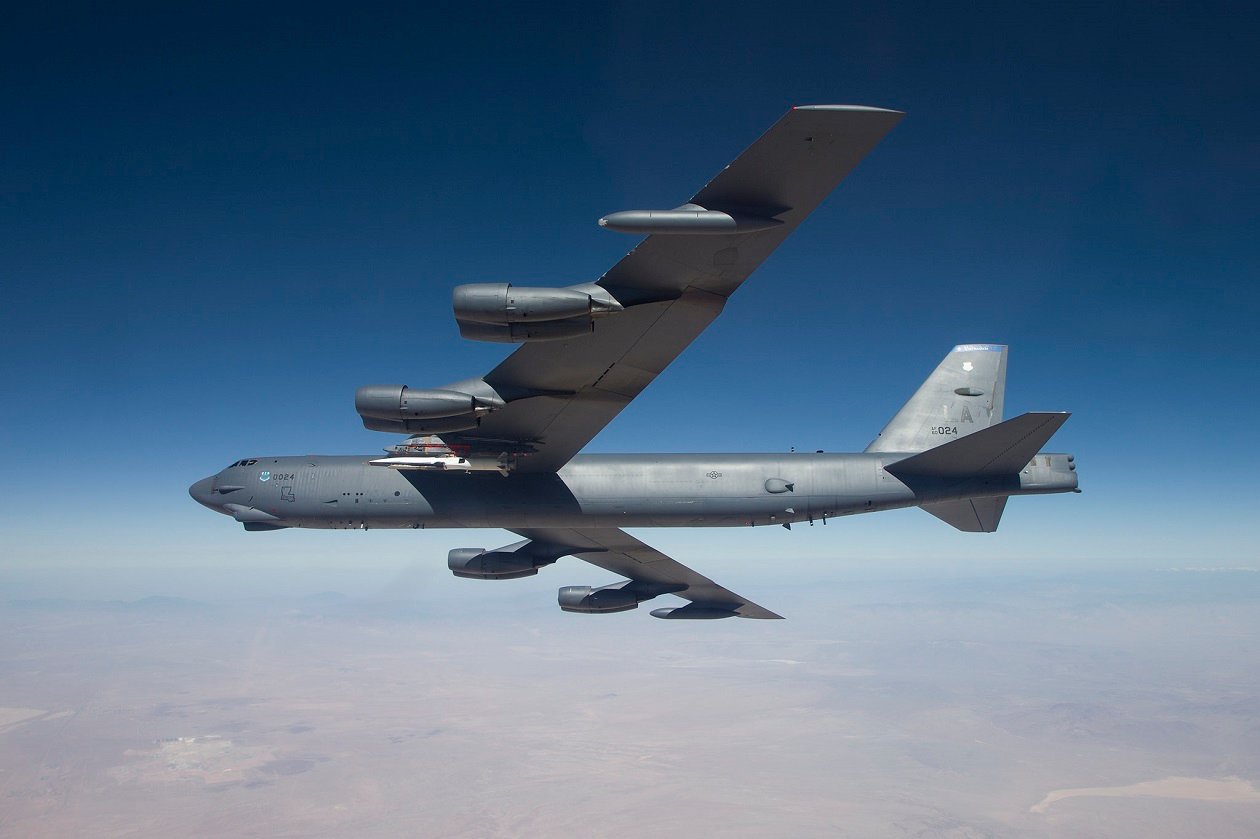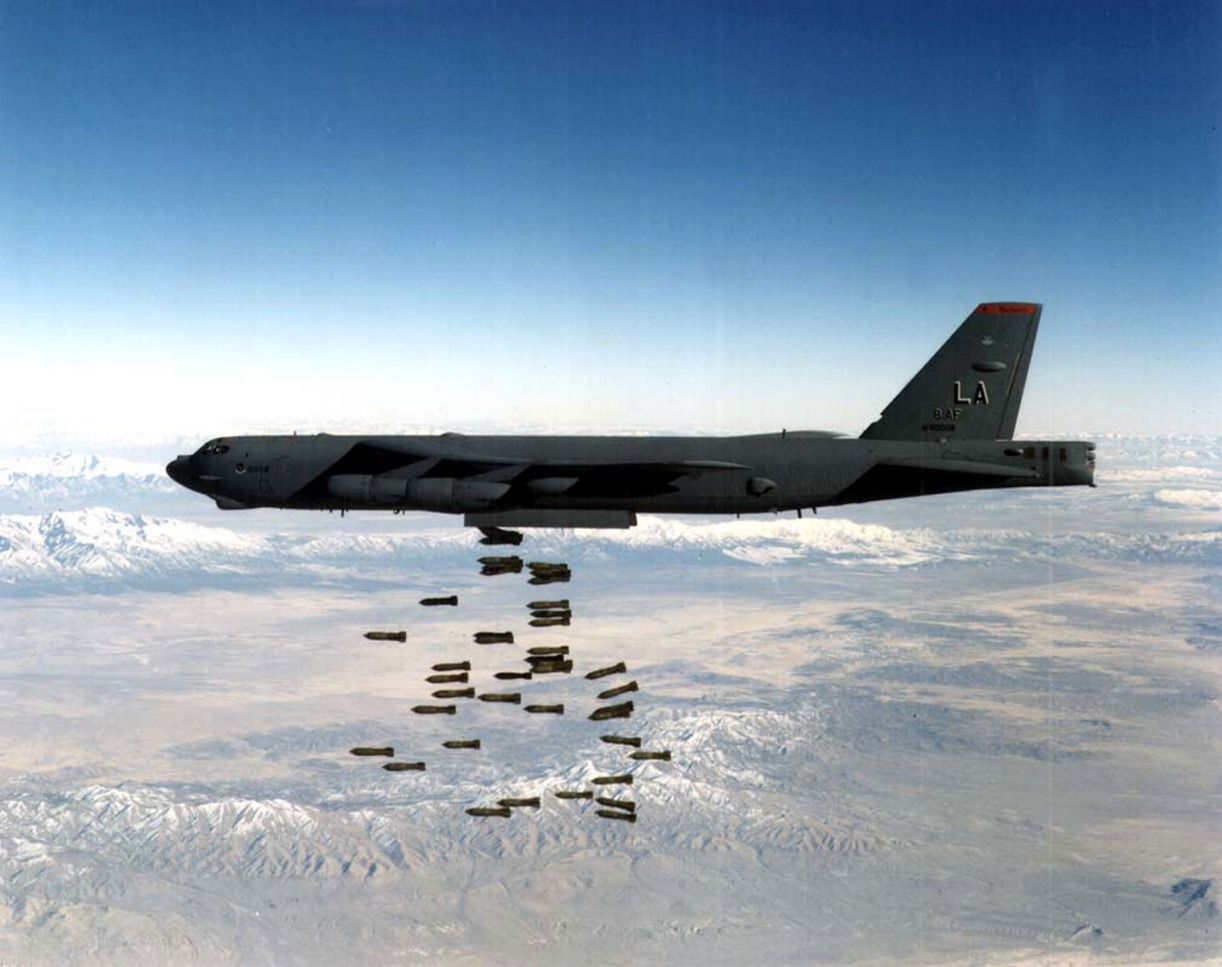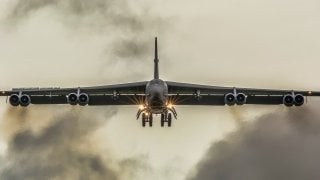The B-52J Stratofortress Is the U.S. Air Force's 'Newest' Bomber
The U.S. Air Force is preparing for a significant transition in its bomber fleet, phasing out the supersonic B-1 Lancer and the stealthy B-2 Spirit in favor of the new B-21 Raider and an upgraded version of the B-52, designated the B-52J.
Summary: The U.S. Air Force is preparing for a significant transition in its bomber fleet, phasing out the supersonic B-1 Lancer and the stealthy B-2 Spirit in favor of the new B-21 Raider and an upgraded version of the B-52, designated the B-52J. The B-52, a stalwart of U.S. military capability since its introduction in 1952, is undergoing extensive modernization to extend its service life potentially through 2060.

-This update includes new Rolls-Royce F130 engines, advanced radar systems, modernized avionics, and updated nuclear strike capabilities among other enhancements.
-The longevity of the B-52, spanning over a century of service by mid-century, underscores its unprecedented role in U.S. military aviation, transitioning from an old airframe to a significantly updated platform equipped to meet contemporary warfare demands.
The B-52J: Ushering in a New Era for America’s Oldest Bombers
The U.S. bomber fleet is set to receive its most dramatic overhaul in a generation. The supersonic B-1 Lancer and the flying wing B-2 Spirit are set to be retired. To fill the void, the Air Force is expected to procure at least 100 B-21 Raiders while continuing to rely on the oldest bomber in the U.S. inventory: the B-52.
The B-52 was developed in the mid-20th century. To ensure the bomber is reliable and effective through the mid-21st century, the U.S. Air Force is upgrading the platform with new engines, new radar, and new communications and navigation equipment.
The upgraded B-52 will be known as the B-52J and is expected to enter service in the late 2020s.
Introducing the B-52J
When the B-52 was introduced in 1952, the Air Force expected to fly the new bomber for about 20 years. Obviously, the B-52 defied expectations and is now on its 72nd year of service. With the forthcoming J-variant, the B-52 is slated to serve until about 2060 – which would mean that by midcentury, the Air Force will be flying 100-year-old bombers.
It’s especially hard to imagine given that when the B-52 debuted, human flight was barely 60 years old. Imagine an airplane serving in the military today that was 100 years old. “We have to go back to 1924,” Air Force historian Brian Laslie said. “We’re talking about the Peashooters, JN-3 and JN-4 Jennys. We’re talking about canvas and wire and wooden airplanes. A hundred years ago, we don’t even have enclosed cockpits, retractable landing gear.”

The B-52’s aged airframe has an enclosed cockpit and retractable landing gear, and that still works well enough, but the bomber needs updated engines and avionics.
“The centerpiece of the B-52J modernization will be the replacement of the bomber’s original ‘60s-era Pratt & Whitney TF33 engines with new Rolls-Royce-made F130 engines; that $2.6 billion effort is known as the Commercial Engine Replacement Program,” Defense News reported. But the new Rolls-Royce engine is just the beginning. “The B-52J will also receive a new modern radar, improved avionics, the Long Range Standoff weapon to carry out nuclear strikes from a distance, communication upgrades, new digital displays replacing dozens of old analog dials, new wheels and brakes.”
So while the B-52J, in many respects, is a 60-something airframe, much of its substance will be modern and fresh.
Continued Reliance on the B-52
With the retirement of the B-1 and the B-2, a renewed emphasis will be placed on the B-52, so the J-variant needs to be spot-on. The B-52 will compromise about 40% of the Air Force’s planned bomber fleet.
“We’re asking geriatric B-52s to be that backbone while we’re waiting for the B-21 to be able to come on board,” said retired Air Force pilot Heather Penney.

Only about 10% of the 744 B-52s that have been built for the Air Force are still in service, and the last are starting to look their age. The aircraft’s mission-capable rate has declined over the last decade, from 78% in 2012 to 59% in 2022.
Hopefully the B-52J can maintain its airworthiness, as planned, through 2060.
About the Author: Harrison Kass
Harrison Kass is a defense and national security writer with over 1,300 total pieces on issues involving global affairs. An attorney, pilot, guitarist, and minor pro hockey player, Harrison joined the US Air Force as a Pilot Trainee but was medically discharged. Harrison holds a BA from Lake Forest College, a JD from the University of Oregon, and an MA from New York University. Harrison listens to Dokken.


